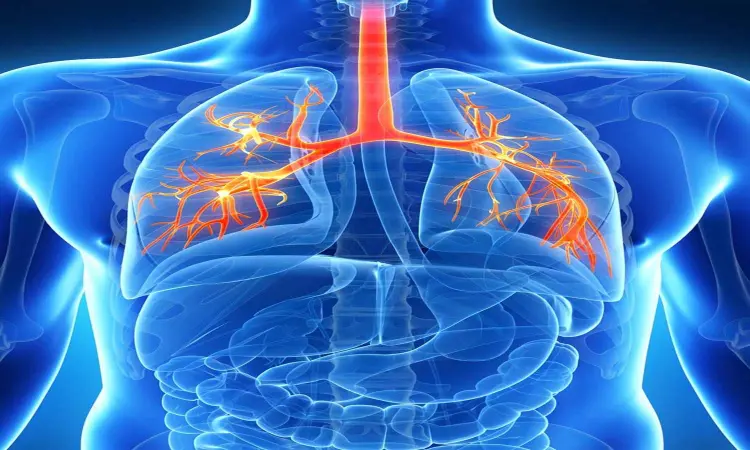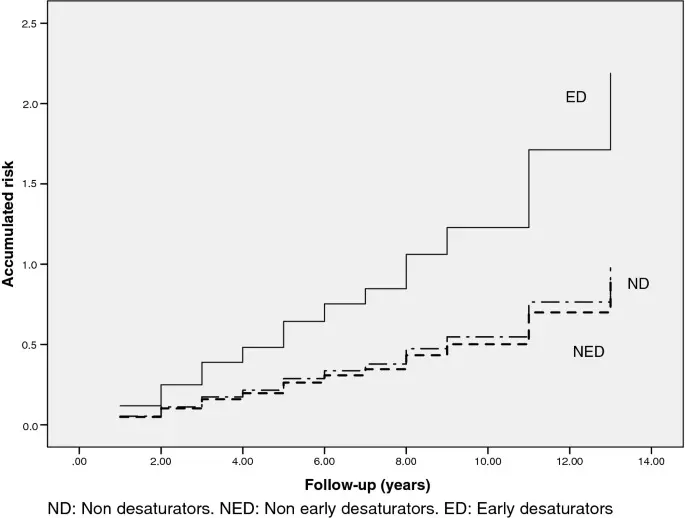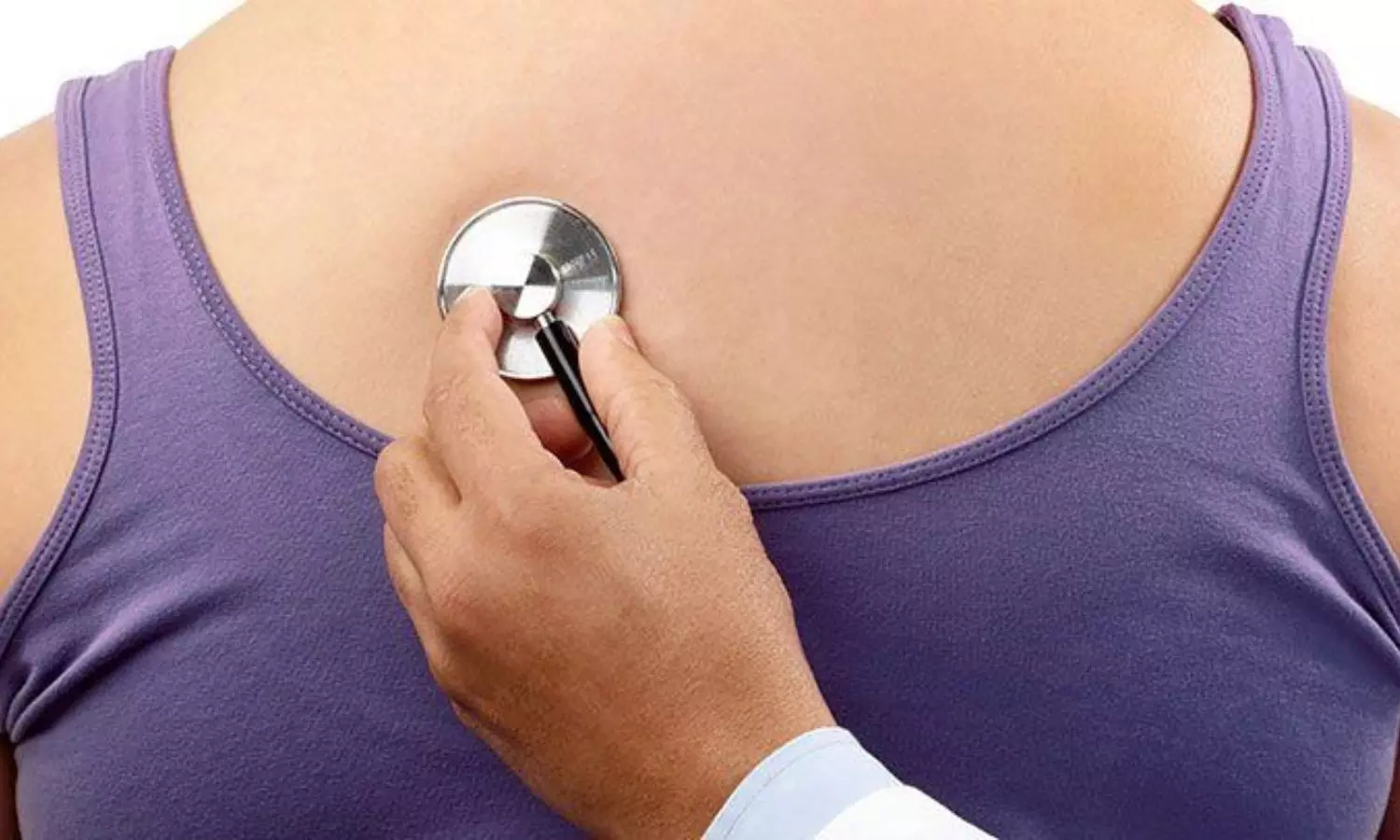- Home
- Medical news & Guidelines
- Anesthesiology
- Cardiology and CTVS
- Critical Care
- Dentistry
- Dermatology
- Diabetes and Endocrinology
- ENT
- Gastroenterology
- Medicine
- Nephrology
- Neurology
- Obstretics-Gynaecology
- Oncology
- Ophthalmology
- Orthopaedics
- Pediatrics-Neonatology
- Psychiatry
- Pulmonology
- Radiology
- Surgery
- Urology
- Laboratory Medicine
- Diet
- Nursing
- Paramedical
- Physiotherapy
- Health news
- Fact Check
- Bone Health Fact Check
- Brain Health Fact Check
- Cancer Related Fact Check
- Child Care Fact Check
- Dental and oral health fact check
- Diabetes and metabolic health fact check
- Diet and Nutrition Fact Check
- Eye and ENT Care Fact Check
- Fitness fact check
- Gut health fact check
- Heart health fact check
- Kidney health fact check
- Medical education fact check
- Men's health fact check
- Respiratory fact check
- Skin and hair care fact check
- Vaccine and Immunization fact check
- Women's health fact check
- AYUSH
- State News
- Andaman and Nicobar Islands
- Andhra Pradesh
- Arunachal Pradesh
- Assam
- Bihar
- Chandigarh
- Chattisgarh
- Dadra and Nagar Haveli
- Daman and Diu
- Delhi
- Goa
- Gujarat
- Haryana
- Himachal Pradesh
- Jammu & Kashmir
- Jharkhand
- Karnataka
- Kerala
- Ladakh
- Lakshadweep
- Madhya Pradesh
- Maharashtra
- Manipur
- Meghalaya
- Mizoram
- Nagaland
- Odisha
- Puducherry
- Punjab
- Rajasthan
- Sikkim
- Tamil Nadu
- Telangana
- Tripura
- Uttar Pradesh
- Uttrakhand
- West Bengal
- Medical Education
- Industry
Bronchiectasis phenotyping with serum eosinophil percent maximizes clinical benefit of inhaled steroids

A new study found that a baseline eosinophil count of >=3.5% might serve as an indicator to enhance the effectiveness of inhaled corticosteroids in preventing bronchiectasis exacerbation. The therapeutic effect of ICS may be maximized by phenotyping bronchiectasis with baseline blood eosinophil count. The study results were published in The Clinical Respiratory Journal.
Bronchiectasis is one of the commonest suppurative respiratory diseases, caused due to airway insult predisposing circumstances that lead to airway damage, chronic or recurring infections, and airway destruction. Inhaled corticosteroids are generally used because of their potential local anti-inflammatory effects and minimal systemic side effects. Phenotyping of airway diseases helps to personalize the treatment. Eosinophilic phenotyping is one of the markers of bronchiectasis for ICS treatment. As there is uncertainty in the literature, researchers conducted a study to find out the exact predictive biomarker and the optimal cut-off that might define the clinical benefit from ICS in bronchiectasis.
A retrospective case–control study was conducted at Queen Mary Hospital, a major regional hospital and tertiary respiratory referral center in Hong Kong, including 140 Chinese patients with non-cystic fibrosis (CF) bronchiectasis, to investigate the exacerbation risks of bronchiectasis among ICS users and nonusers with different baseline eosinophil counts. Patients with bronchiectasis but not using ICS were taken as the control group. The primary outcome was bronchiectasis exacerbation within 1 year of the follow-up period.
Key findings:
- There was a significantly lower risk to develop bronchiectasis exacerbation in ICS users with an adjusted odds ratio (OR) of 0.461.
- Univariate logistic regression was performed for different cut-offs of blood eosinophil count (by percentage) from 2% to 4% (with a 0.5% grid each time).
- Baseline eosinophil 3.5% was found to be the best cut-off among all with an adjusted OR of 0.138 (95% CI = 0.023–0.822, p-value = 0.030).
Thus, A baseline blood eosinophil level of ≥3.5% may serve as a predictor of how well ICS will work to keep bronchiectasis patients from exacerbating their condition.
Further reading: Blood eosinophil percentage as a predictor of response to inhaled corticosteroid in bronchiectasis. https://doi.org/10.1111/crj.13624
BDS, MDS
Dr.Niharika Harsha B (BDS,MDS) completed her BDS from Govt Dental College, Hyderabad and MDS from Dr.NTR University of health sciences(Now Kaloji Rao University). She has 4 years of private dental practice and worked for 2 years as Consultant Oral Radiologist at a Dental Imaging Centre in Hyderabad. She worked as Research Assistant and scientific writer in the development of Oral Anti cancer screening device with her seniors. She has a deep intriguing wish in writing highly engaging, captivating and informative medical content for a wider audience. She can be contacted at editorial@medicaldialogues.in.
Dr Kamal Kant Kohli-MBBS, DTCD- a chest specialist with more than 30 years of practice and a flair for writing clinical articles, Dr Kamal Kant Kohli joined Medical Dialogues as a Chief Editor of Medical News. Besides writing articles, as an editor, he proofreads and verifies all the medical content published on Medical Dialogues including those coming from journals, studies,medical conferences,guidelines etc. Email: drkohli@medicaldialogues.in. Contact no. 011-43720751




